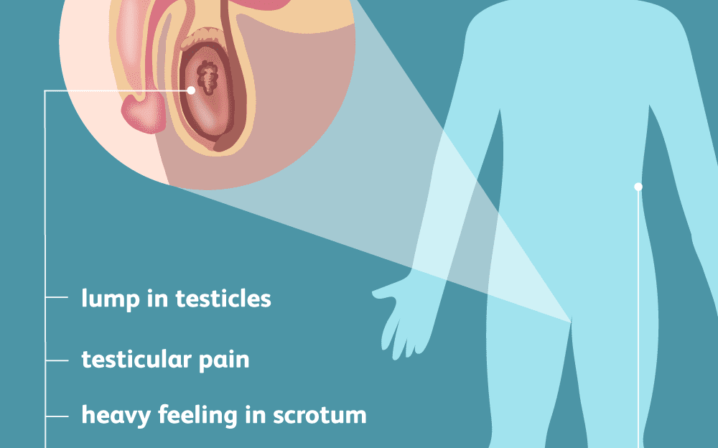Testicular cancer starts in the male glands called testicles. This type of cancer is usually found in men ages 15 to 44. Although testicular cancer is rare, it is fairly treatable, with early diagnosis.
With the right treatment, the risk of death is almost negligible.
The reaction of the patient to a certain treatment depends on the cancer cell type, whether the cancer has spread throughout the body and the patient’s general overall health.
To diagnose the cancer early, learning the signs of the cancer is really important, Certain symptoms and signs include-
• A painless lump in the testicle (the most common sign)
• Swelling of the testicle (with or without pain) or a feeling of weight in the scrotum
• Pain or a dull ache in the testicle, scrotum, or groin.
• Tenderness or changes in the male breast tissue



